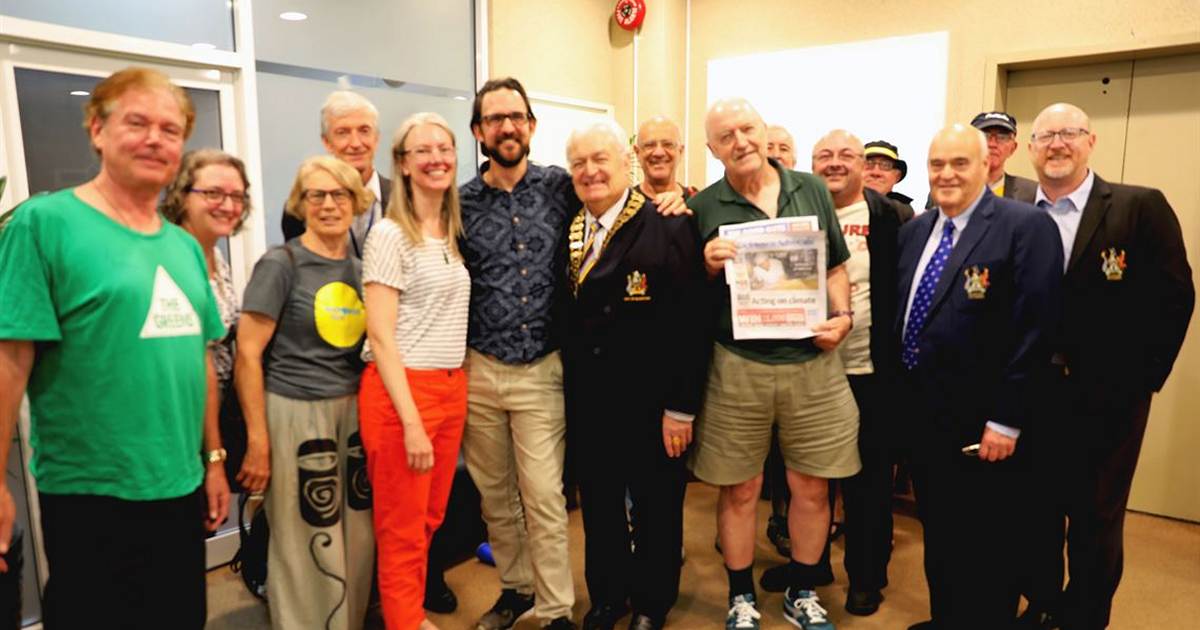
On Wednesday night, Sydney’s Blacktown City Council voted in favour of a target of 100% renewable electricity for its operations by 2025.
The target was one of a number of climate change related recommendations adopted, including the declaration of a climate emergency – making it the 93rd Australian council to do so.
“The science-based evidence is totally clear,” said Blacktown City Mayor, Tony Bleasdale OAM. “We are in a state of climate emergency requiring ‘a call to arms’ for immediate action by all levels of government, industry and our communities.”
Council also resolved to working towards an aspirational target of net zero carbon emissions for the community by 2040 and to better prepare it for the impacts of climate change. One of those impacts is amplification of urban heat, something Council sees as a significant threat for its area.
With more than 395,000 calling the region home, Blacktown City has the largest local government area population in New South Wales – and it’s still growing rapidly. Its population is predicted to reach to reach 525,300 by 2031 and 600,000 by 2041. A bigger population = more buildings = potentially greater urban heat island effect.
The Mayor is to also make a request to the State Government for the annual rate cap be increased by 1% to allow councils to “start funding initiatives such as boosting renewables, to accelerate carbon neutrality and adapt to climate change impacts”.
Solar Power *Saves* Money
Switching to 100% renewables is great step for Council in terms of its own emissions reduction efforts as electricity usage (including street lighting) accounts for 80% of its direct greenhouse gas emissions. But to lump increasing renewables in with reasoning for lifting rates, even it’s by a small amount, is a bit “hrm” and may give the wrong impression. Solar saves councils money. That’s been demonstrated time and time again by councils across Australia.
As we’ve mentioned regarding commercial solar – if a business (or council in this case) can afford to pay its electricity bills, it can afford solar power. For example, there are options such as Power Purchase Agreements (PPAs) with wind and solar farms that provide cheaper electricity than “normal” supply and involve zero up-front costs. Councils do not have to lift rates to attain 100% renewables – but as for the other elements mentioned, that may be a different story.
That issue aside, as to what form/s of renewable electricity Council will pursue isn’t clear at this point. Up until July 2018, Council had installed around 2,400 solar panels on rooftops of various assets, so it’s certainly familiar with the emissions and bill busting technology.
Many residents of Blacktown and other suburbs within Council’s boundaries have also switched on to solar energy.
Across the LGA, an estimated 95.6MW of solar capacity had been installed by the end of September last year (Source: APVI). Of that total, 72.7MW was attributed to small-scale solar systems under 10kW (23,166 installation), 19MW between 10 and 100kW (731 installation) and 3.8MW above 100kW capacity (11 installations).

 RSS - Posts
RSS - Posts



Speak Your Mind